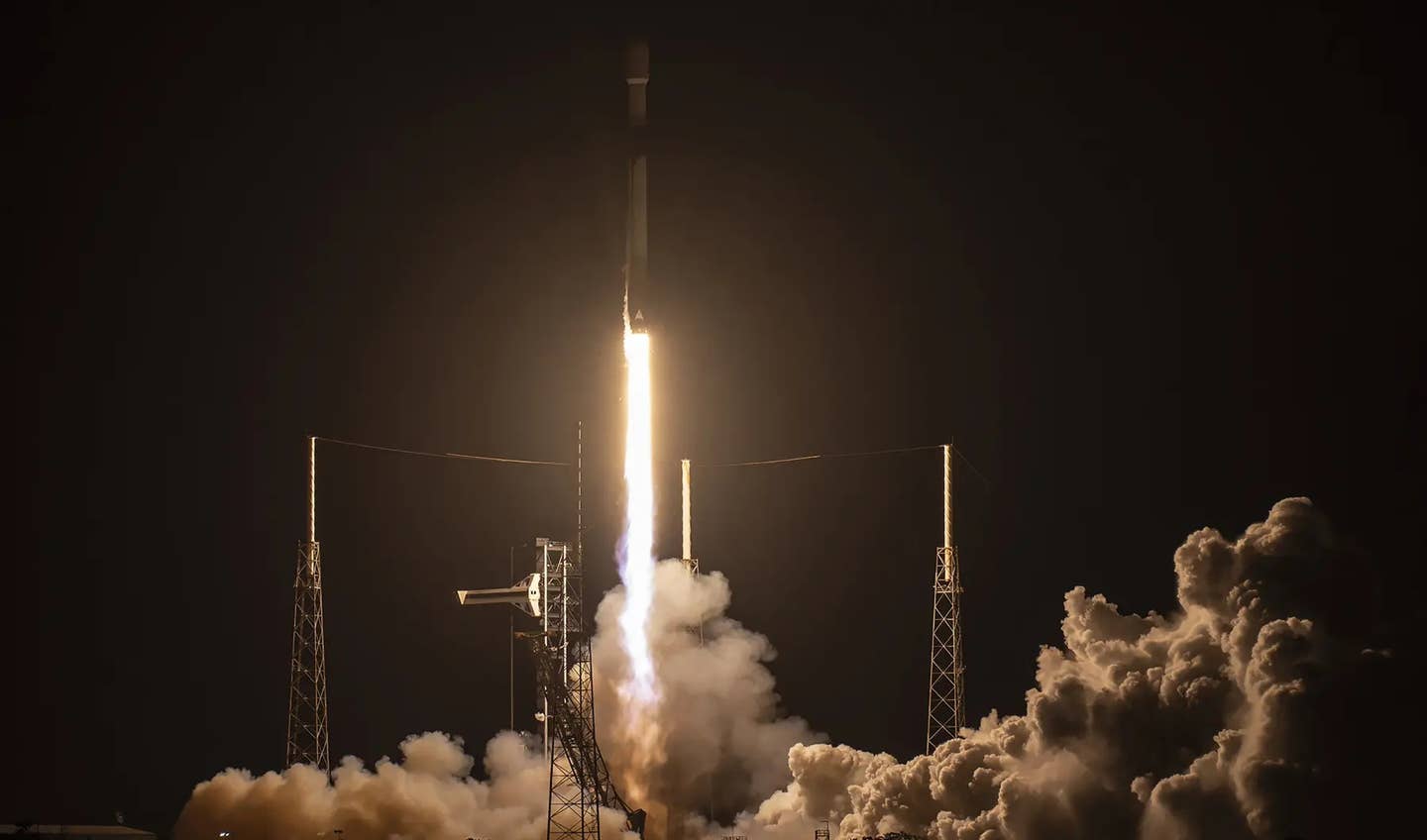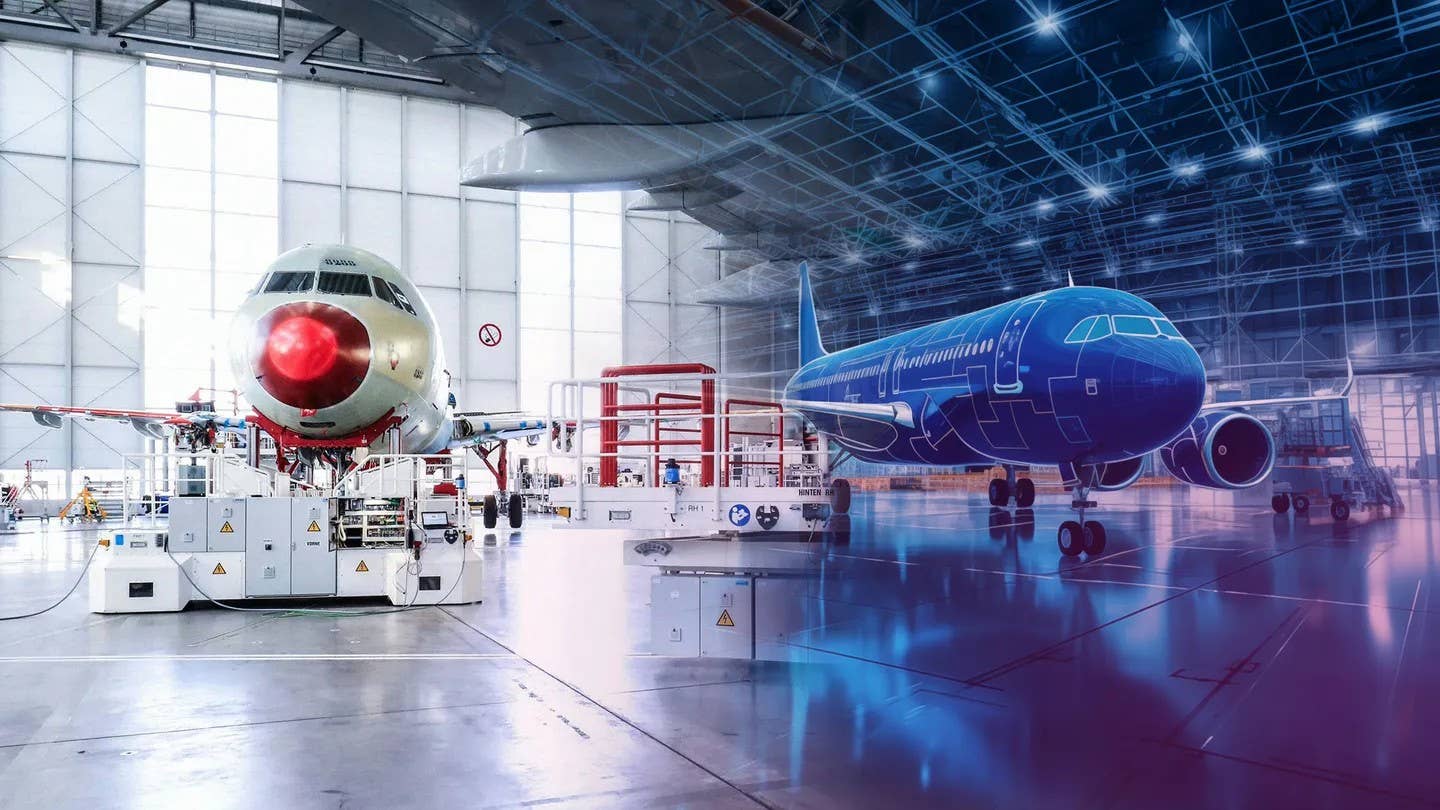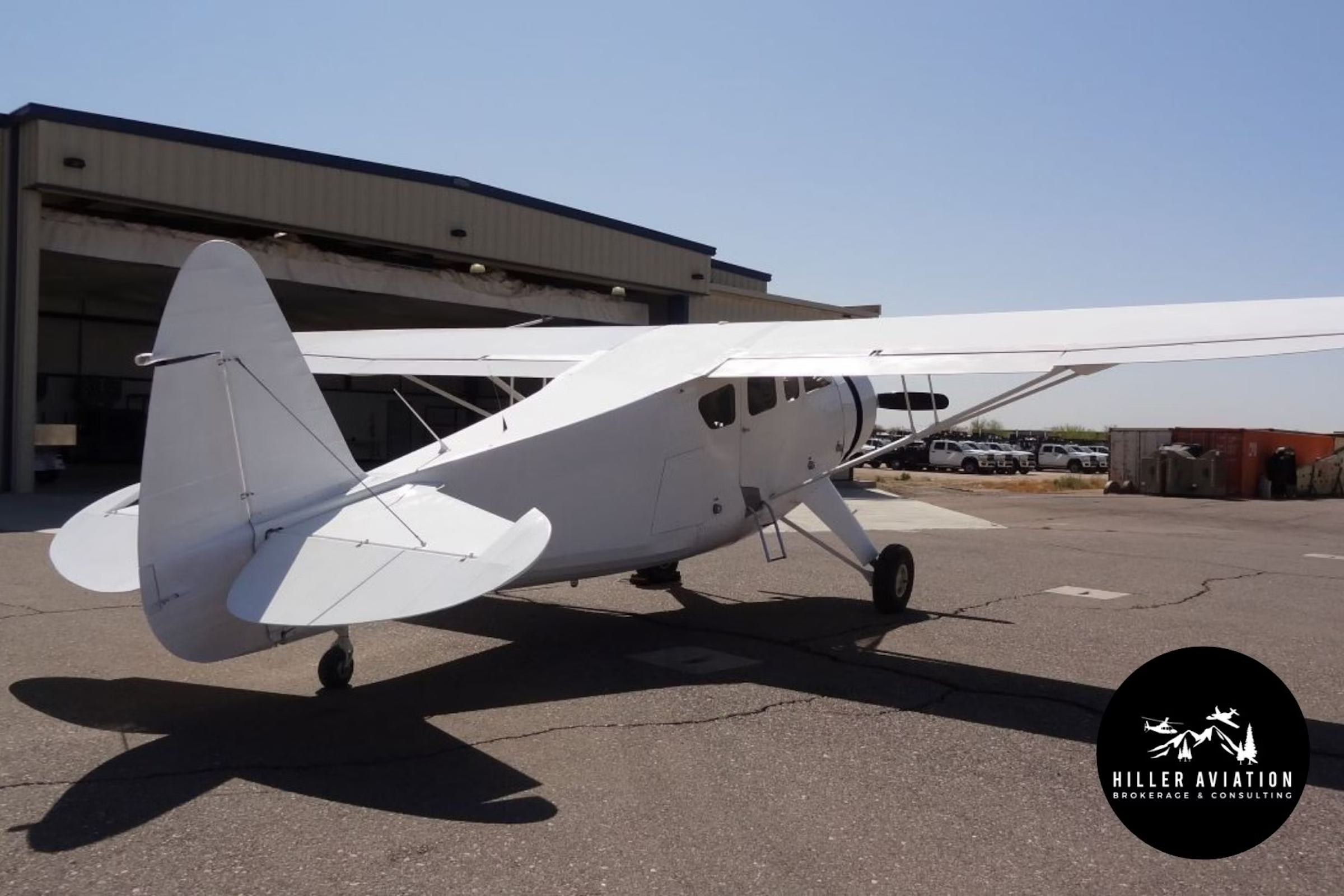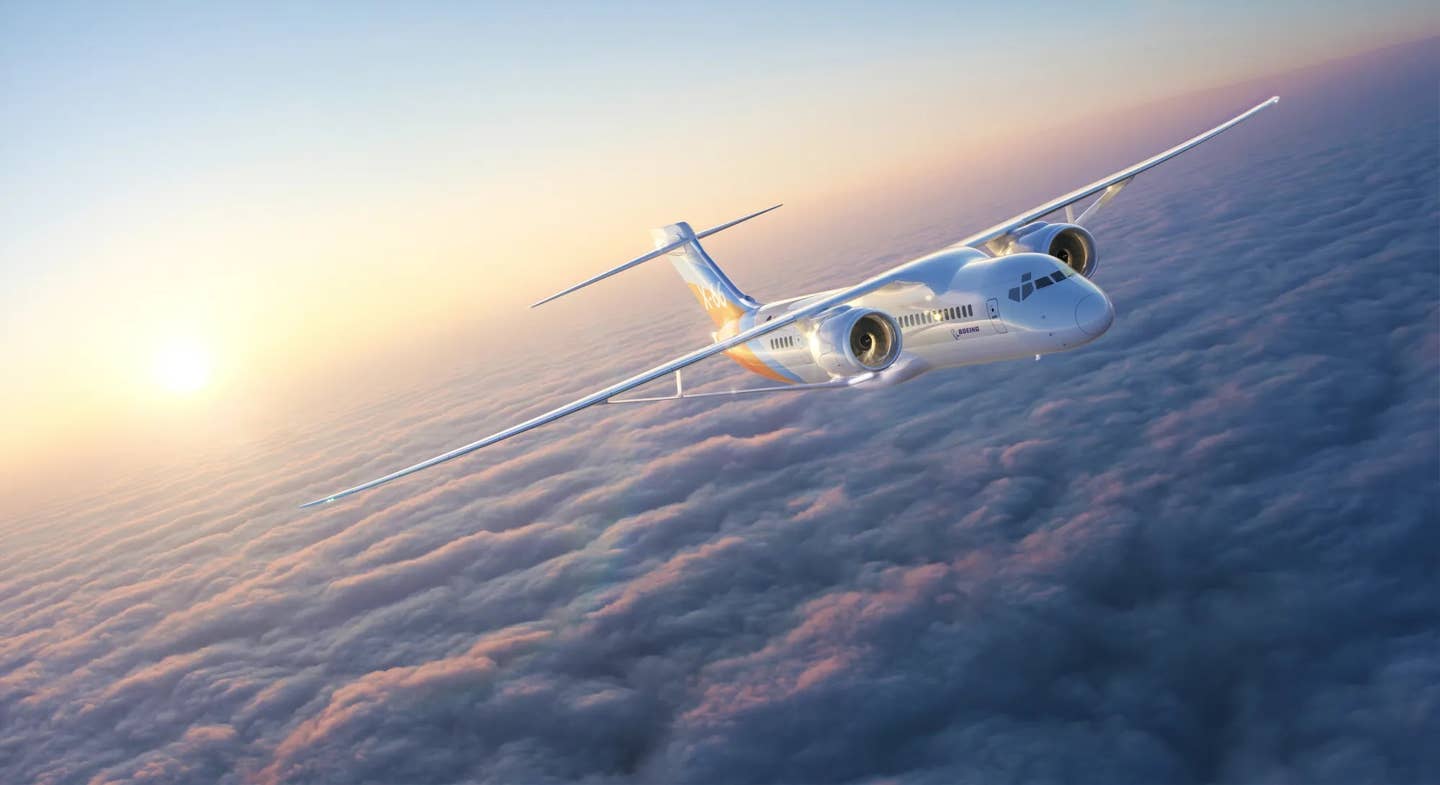Fram2 Astronauts Splash Down After Historic Polar Spaceflight
International four-person crew returns after nearly four days flying a 90-degree polar orbit and observing Earth’s poles from orbit for the first time.
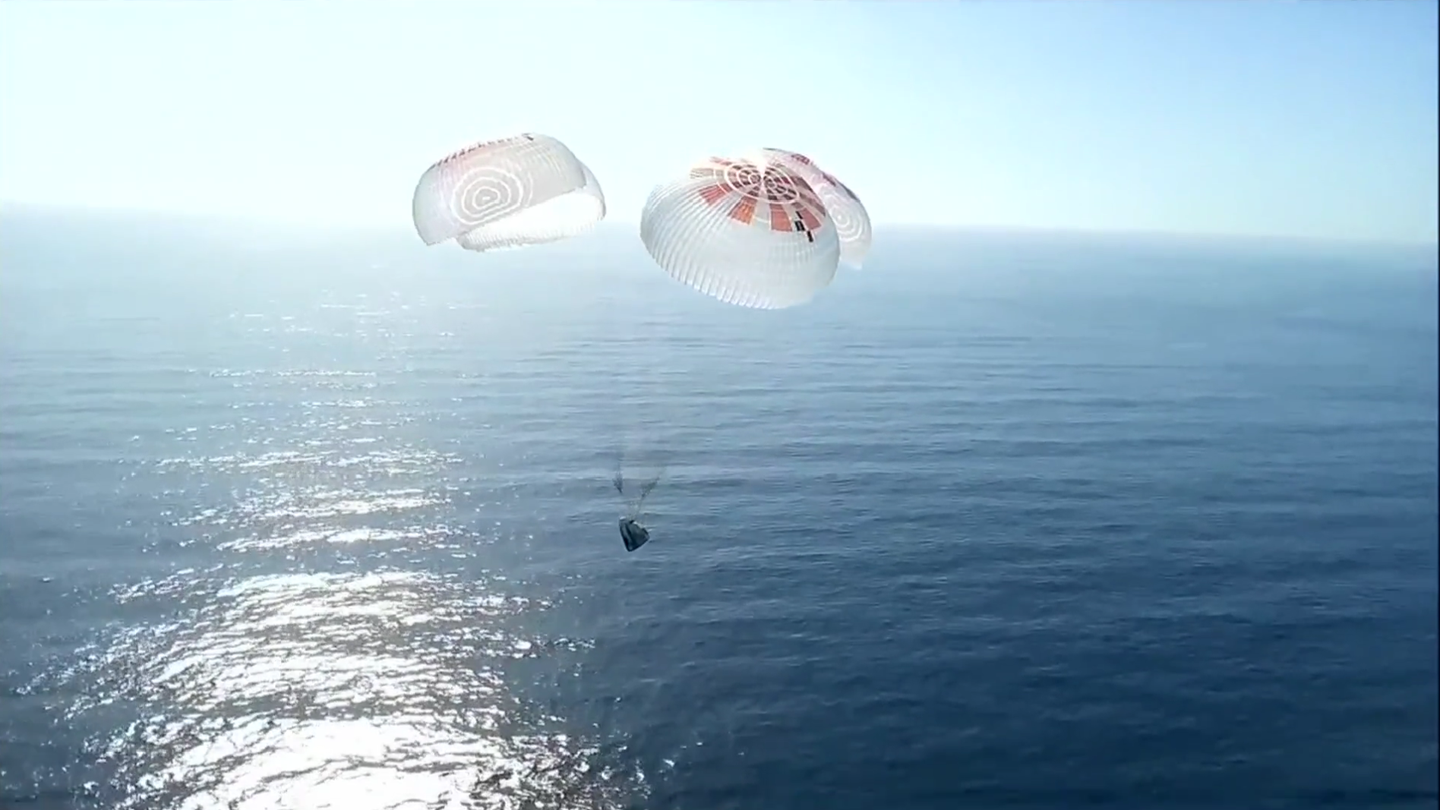
A SpaceX Dragon capsule carrying the international Fram2 crew deploys its parachutes for splashdown after a successful polar orbit mission. [Courtesy: SpaceX]
The first astronaut crew to fly directly over Earth’s poles splashed down safely on Friday after nearly four days on orbit.
Civilian astronauts Chun Wang, Jannicke Mikkelsen, Rabea Rogge, and Eric Phillips—the international crew of SpaceX’s private Fram2 mission—landed around 12:19 p.m. EDT and exited their SpaceX Dragon capsule without assistance, allowing researchers to study how the effects of spaceflight impact their ability to perform functional tasks. Wang, a crypto entrepreneur, purchased the intended three-to-five-day mission from SpaceX in August.
“The ride to orbit was much smoother than I had anticipated,” Wang, who also commanded the mission, said in a post on X. “I had imagined it would feel like being in an elevator that suddenly drops, but that sensation never came. If I hadn’t set free Tyler, the polar bear zero-gravity indicator, I might not have realized we were already weightless.”
During the nearly four-day mission, Wang, Mikkelsen, Rogge, and Phillips orbited the Earth about 55 times, passing over the poles every 46 minutes. That marks the fastest circumnavigation between the poles, shattering the record of 46 hours and 40 minutes set by a Gulfstream G650ER ultra-long-range business jet in 2019. The “Framonauts” splashed down off the coast of California, marking the first West Coast Dragon recovery since that same year.
The four Fram2 crewmembers met each other on Svalbard—one of the northernmost places on Earth with a continuous human presence—and bring expertise in polar exploration or technologies that were tested during the mission. Their core objective was to fly a 90-degree polar orbit, comfortably the highest inclination ever reached by a crewed spacecraft, to observe the poles from low-Earth orbit for the first time. Typically, astronauts orbit closer to the equator.
From that vantage point, the crew observed unexplained green and purple light emissions known as Strong Thermal Emission Velocity Enhancements, or STEVE, through Dragon’s specially designed cupola. They also used professional cameras, laptops, and iPhones to capture imagery of the polar wilderness below.
But above all, Fram2 was a research mission. The crew conducted 22 experiments designed to study long-duration human spaceflight, from growing mushrooms in microgravity to producing the first X-ray images taken in space. They also participated in research to study cognition, glucose levels, and muscle and bone density loss. On the fourth day, the astronauts FaceTimed SpaceX CEO Elon Musk via Starlink, which was tested throughout the mission.
The crew worked hard, but it also played hard. On the first night, for example, they hosted a “movie night,” watching a replay of their own launch to combat motion sickness. Later, they witnessed a SpaceX Falcon 9 rocket launch Starlink satellites to orbit. The astronauts fielded questions from curious students and communicated with their families. They even chatted with observers below their flight path via ham radio, part of a competition called Fram2Ham where participants deciphered scrambled images taken from Dragon.
Fram2 marked the sixth private spaceflight for Dragon, which previously flew the all-civilian Inspiration4 mission, three missions for customer Axiom Space, and Polaris Dawn—one of three spaceflights purchased by Jared Isaacman, President Donald Trump’s pick to lead NASA. Wang has not yet committed to a follow-on mission.
Like this story? We think you'll also like the Future of FLYING newsletter sent every Thursday afternoon. Sign up now.

Sign-up for newsletters & special offers!
Get the latest FLYING stories & special offers delivered directly to your inbox

